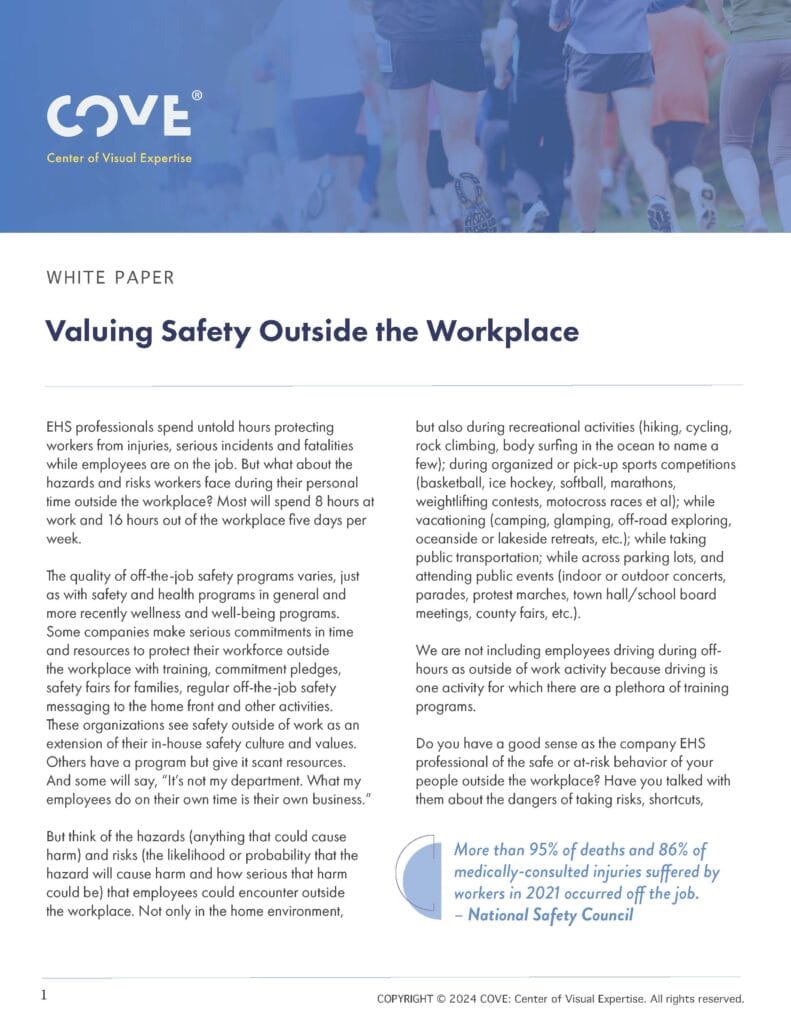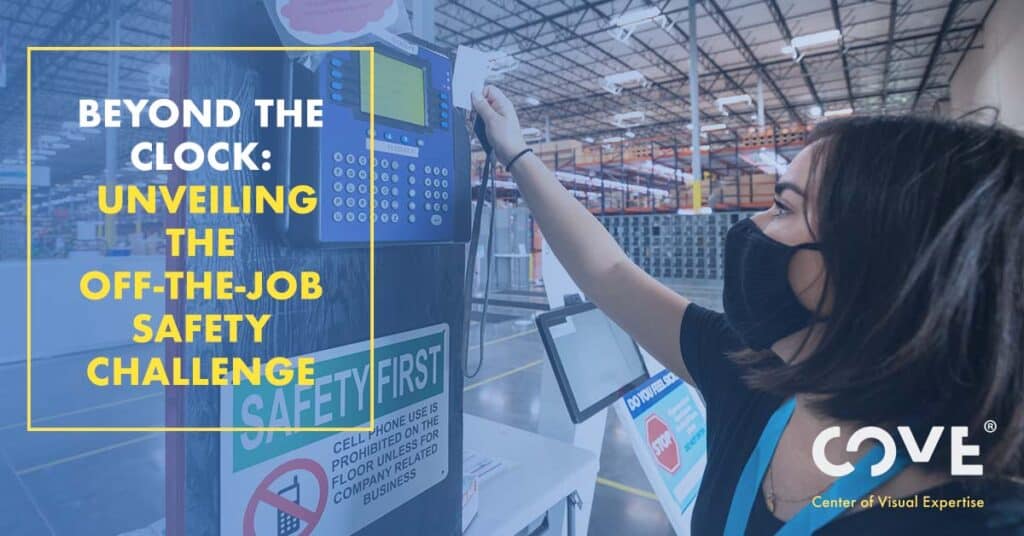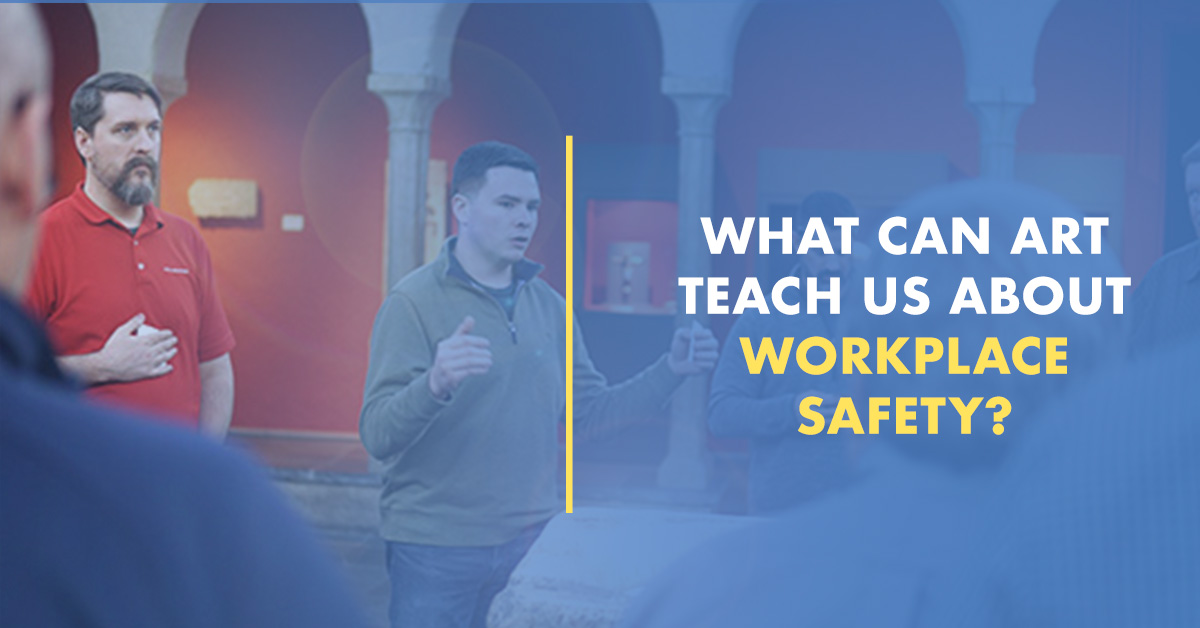EHS professionals are unwavering in their commitment to protecting workers during work hours, investing untold efforts to mitigate injuries and fatalities. However, the time spent outside the workplace, where employees navigate hazards and risks, often goes overlooked. With most individuals spending 16 hours a day away from work, the importance of off-the-job safety becomes a critical consideration.
Off-the-job safety programs vary widely, mirroring the spectrum of safety and health initiatives in general. While some companies invest significant time and resources in protecting their workforce outside the workplace through training, safety fairs, and regular messaging, others allocate scant resources. There are those who view safety beyond work as an extension of their in-house safety culture, and others who consider it unrelated to their responsibilities.
Consider the multitude of hazards and risks employees could encounter beyond the workplace. Whether in the home environment, during recreational pursuits, organized sports competitions, vacations, public transportation use, or attending public events, the potential for harm is extensive. It’s not just about the physical space but also the activities – from putting up Christmas lights on a steep roof without fall protection to engaging in recreational pursuits like hiking, cycling, or participating in sports competitions.
As the company’s EHS professional, understanding the safe or at-risk behavior of employees outside the workplace is crucial. Have conversations about the dangers of taking risks, shortcuts, and ignoring warnings in their personal lives that they would heed at work. The hazards are diverse, and each employee’s activities can pose unique risks.
The clock doesn’t define the boundaries of safety concerns. Off-the-job safety is a 24/7 consideration, and the commitment to employee well-being must extend beyond workplace gates. Recognizing and addressing the hazards and risks outside of work require a comprehensive approach, where EHS professionals play a pivotal role in promoting awareness, initiating dialogue, and fostering a culture of safety that transcends the workplace. It’s time to acknowledge that the safety clock never truly stops ticking.

Download our latest White Paper “Valuing Safety Outside the Workplace,” offering tools to aid in the recognition and evaluation of dynamic risks outside of work. Cultivate an ongoing approach to hazard identification, risk assessment, and proactive risk reduction that stretches beyond the clock.




